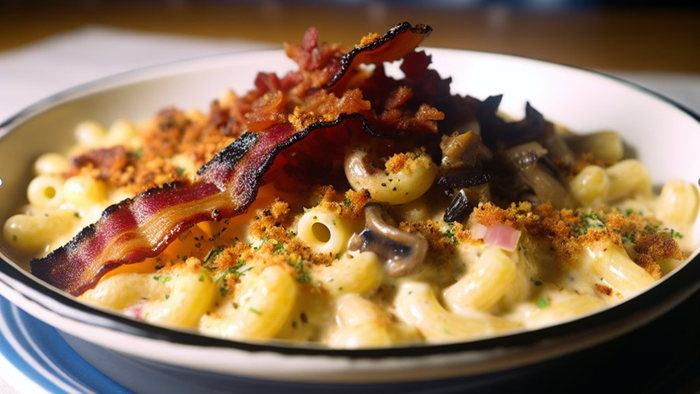Tools & Technology
thumbnail
Business Operations
Catersource State of the Industry 2024, Part 6: Technology Means StreamliningCatersource State of the Industry 2024, Part 6: Technology Means Streamlining
Editor's Note: This is part 6 in our State of the Industry 2024 series.
Subscribe and receive the latest catering news, recipes, tips, essential content.
Yes, it's completely free



.png?width=700&auto=webp&quality=80&disable=upscale)

.png?width=700&auto=webp&quality=80&disable=upscale)














.jpg?width=100&auto=webp&quality=80&disable=upscale)
.png?width=300&auto=webp&quality=80&disable=upscale)
























.png?width=700&auto=webp&quality=80&disable=upscale)



